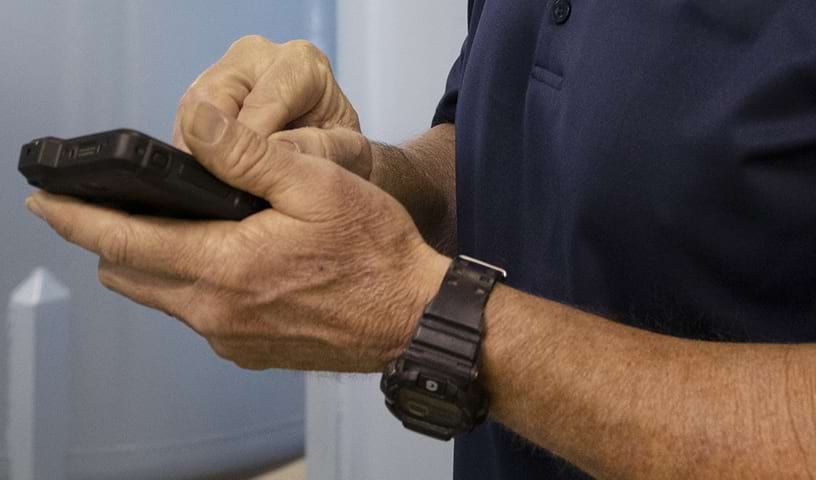Protect your data, accounts and critical systems with Multi-Factor Authentication
April 8, 2024

As a first responder, you have access to critical information that you must safeguard. Passwords provide protection for your accounts, but they’re only a single layer of security. If a bad actor guesses or steals your passwords, they could gain access to your organization’s data, accounts, and emergency systems. The results could be catastrophic– resulting in data breaches, system outages and threats to public safety.
Multi Factor Authentication (MFA) provides an additional layer of security, reducing the likelihood of unauthorized access. It requires a user to provide two or more verification factors to gain access to a resource.
The multiple factors include:
- Something you know – like a PIN or a password.
- Something you have – like a one-time passcode or a push notification sent to your device.
- Something you are – like your facial features, fingerprint, or another biometric.
Using at least two forms of identity verification, one from each category, provides greater assurance that you are who you claim to be – and should be granted access.
Setting up MFA on your FirstNet account is easy. Just log on through the FirstNet Single Sign-On app and enable MFA from your FirstNet user profile page. You’ll add an extra line of defense between your sensitive information and potential threats.
We know that in your role, the reliability and security of your devices and communications are critical for the safety of your organization and the public. And we want to help you keep your data secure.
- For more information on how to set up your MFA, watch this Youtube video
- To check out the comprehensive range of security awareness materials, log in to your account.
